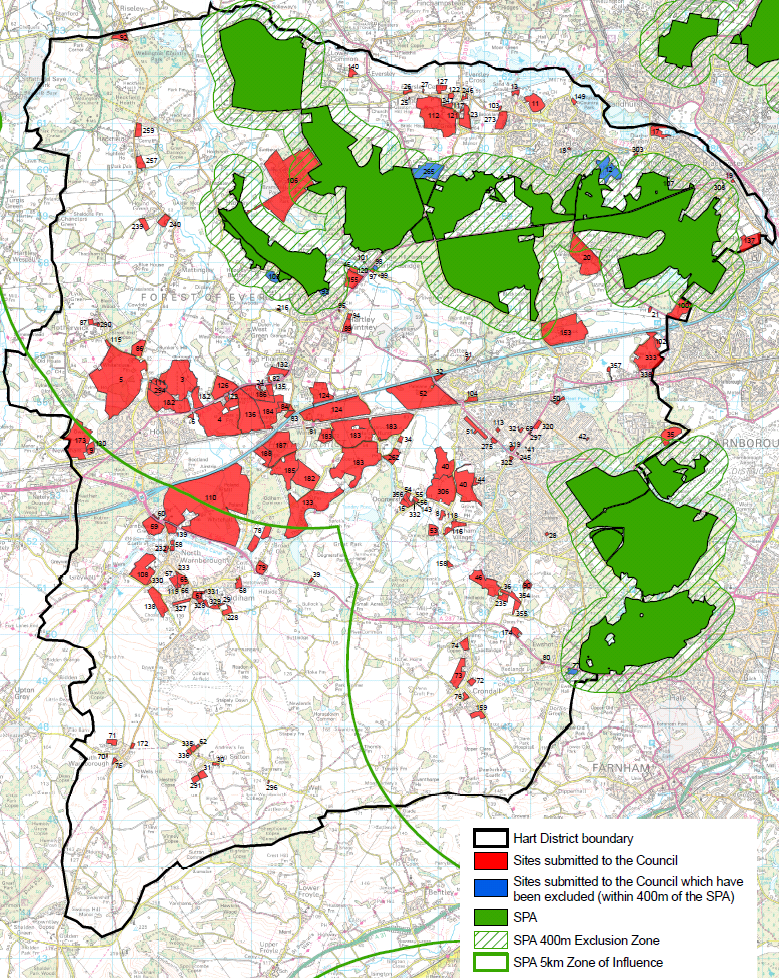A new town in Hart, whether located in Winchfield or anywhere else, will not meet the needs of the growing ageing population. We run the risk of building the wrong type of housing in the wrong place to cater for the excess housing needs of Rushmoor and Surrey Heath without meeting the needs of Hart, and concreting over our green fields in the process.
Please sign the petition.
The demographics of the district are changing. According to council documents, by 2031, there will be an additional 10,000 people over 60 (including more than 6,850 over 75) expected to be living in the district and an extra 3,620 people who will be suffering from dementia or have some sort of mobility problem.
The housing needs of the elderly and infirm are very different to those of the general population and the council plans will do nothing to meet those needs. Studies have shown that specialist retirement housing has significant benefits:
- A higher quality of life for its residents. The report notes that 92% of residents are very happy and contented and most would recommend their accommodation to others.
- Improved health for residents and reduced impact on the NHS. As specialist accommodation is designed for impaired mobility, residents can manage better and spend fewer nights in hospital.
- Good for the environment. 51% of residents said that their energy bills were noticeably lower than they had been in their previous homes. What is more, the elderly tend to own fewer cars and tend to travel less once living in retirement housing.
- Retirement housing boosts local neighbourhoods. Older people regularly use shops and local facilities during weekdays, when they are often underutilised, and at weekends. 80% use the shops almost daily or often; over 40% used the library or post office almost daily or often.
- Retirement housing has a positive impact on local housing markets. On moving, most residents free up a substantial family home, with two thirds moving from homes with three or more bedrooms, freeing up housing stock for families.
However, the SHMA says that Hart should continue to build housing in line with the current housing stock profile. The impact of this is that we will concrete over our green fields with traditional housing estates and not meet the needs of our growing elderly population and leave the shopping areas in the centre of our towns to wither away whilst increasing congestion all over the district.
The We Love Hart campaign says this is the wrong approach and we should focus on building specialist accommodation for the elderly in higher density brownfield sites near to town centres, perhaps alongside high quality affordable flats for the younger generation.



